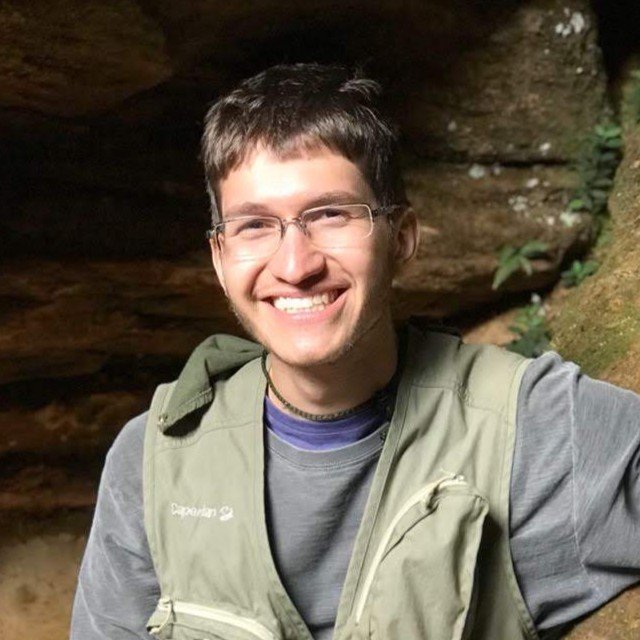Speleology is the science that studies natural underground cavities, also known as caves.
Brazil has robust and specific legislation for cave conservation, necessitating a series of studies for environmental licensing of projects that permeate areas with cave potential. Environmental licensing in karst areas (prone to cave occurrence) requires in-depth multidisciplinary studies, necessitating a technical team with experts in disciplines such as Archaeology, Paleontology, Geospeleology, Bioespeleology, Cave Photography, Cave Topography, and Geoprocessing.
Studies in karst areas are divided into different stages and require distinct expertise. The first step involves a multi-criteria analysis, considering satellite images, relief characteristics, and vegetation cover, combined with georeferenced databases and historical data to determine areas requiring speleological exploration. In speleological exploration, caves and other relevant speleological features are recorded, described, and photographed, either on foot or with the assistance of Remotely Piloted Aircraft (RPA). Subsequently, techniques of topography, mapping, and geoprocessing are employed to determine cave dimensions, utilizing different methodologies such as manual drawing with angle and distance references, fixed or mobile Laser Scanning, and other LIDAR (Light Detection and Ranging).
Each cave is unique and needs to be characterized in terms of geological, biological, archaeological, and paleontological attributes. Geological attributes relate to speleogenesis (origin), speleothems, hydrology, and the surrounding rock. Biological attributes address the fauna and resources that contribute to the maintenance of cave-dwelling communities, sometimes also considering the flora at cave entrances and the microbiota (fungi and bacteria). Archaeology seeks evidence of prehistoric and historical cave use, such as rock paintings, pottery fragments, manual tools, or other traces, as well as religious manifestations, graffiti, evidence of fires, or other features of historical and cultural significance. Paleontology studies direct and indirect evidence of ancient fauna, often fossilized and usually associated with ancient sediments transported by water force or surface gravity into the cave.
In addition to characterization studies, assessments of environmental impact, speleological influence areas, and monitoring are also common. Impact assessments take into account the various needs and changes arising from a project that may potentially impact the speleological heritage, as well as evaluate possible mitigation measures. The speleological influence area refers to the area directly associated with maintaining the natural characteristics and processes of the caves. Monitoring is often applied as a control measure to ensure the preservation of the caves' natural characteristics and processes. Various themes of monitoring are employed, including fauna monitoring, climate monitoring, organic resource monitoring, particulate matter (dust) monitoring, seismographic monitoring (vibration), geostructural monitoring, photographic monitoring, water quality monitoring, among others.






